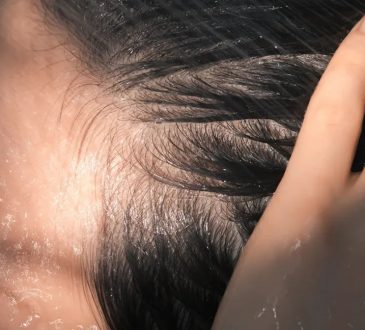
Summer is the hottest season of the year with the longest days and the shortest nights. Some countries have monsoons in this season while others endure harsh dry weather. Hot and dry weather can cause several changes to the body. We can get dehydration, heat shock, tiredness, headache, nausea, cramps and even cracked heels. In this article, we shall look into the causes, symptoms, and some of the cracked heels treatments you can easily do at home.
Cracked heels or also known as heel fissures is a common foot condition. Some have it worse and more frequently than others. It causes discomfort, pain, and can be rather unsightly to look at. Cracked heels begin when the skin becomes too dry, followed by loss of skin elasticity as we age. The skin then becomes flaky, thickened, hardened, and finally develops a fissure. In some people, yellow or brown calluses may be present simultaneously. Risk factors that increase the likelihood or speed up the development of the fissures include obesity, prolonged standing, ill-fitting shoes, and some medical conditions such as diabetes, thyroid disease, athlete’s foot, psoriasis and eczema.
Most of the time, the only problem with cracked heels is only in the appearance. But it can progress to become excruciatingly painful, compromising daily activities and can sometimes bleed. If you experience redness, swelling, and severe pain in your foot from the cracks, it could mean that bacteria has invaded and caused local infection. Consult your doctor if you are experiencing these symptoms to prevent further spread of the infection.
Generally, treating cracked heels and restoring the smoothness of the sole of the foot principally relies on efficient rehydration of the sole. Here are some steps you can take to treat your cracked heels.
Moisturisers (emollient and humectant)
Emollients are able to penetrate the skin, they fill the gaps between the skin flakes and reduce water loss. This results in a more smooth, soft and flexible skin.
Humectants penetrate the outer layer of the skin, attracting water from air and trapping it under the skin. This will maintain the hydration of skin.
Find a good moisturiser for your sole and apply it in the morning before you start your day, and at night before a good night’s sleep.
Top it with occlusive moisturizers
After applying your moisturiser, it is best to then apply a thick coat of occlusive moisturiser such as petroleum jelly, lanolin, mineral oil or silicones. Petroleum jelly reduces 98% of water loss as a result of evaporation from the outer skin and it is definitely the best in its class.
Wear cotton socks to bed
By wearing cotton socks to bed after the petroleum jelly, you are helping to keep the moisture in, whilst maintaining skin breathability, and avoiding unwanted stains on your bed sheets.
Apply keratolytics on thickened skin
These are agents that thin out thickened skin, remove dead cells, and loosen outer skin cells to aid in better retention of moisture.
Examples include. Lactic acid, glycolic acid, salicylic acid and urea. Search for these ingredients the next time you want to choose a product that can help thin out your thickened skin.
Gently rub thickened skin with pumice stone
First, moisturise or soak your feet in warm soapy water, and gently rub a pumice stone against the heel and calluses. Rubbing on dry skin may cause more damage to the skin.
Avoid using razors and scissors to scrape and cut the skin. And for diabetics, it is best to seek expert help from a dermatologist or podiatrist for fear of complications.
Liquid bandage
Liquid bandage is a type of liquid that can be sprayed or applied on the sole to seal the cracks and prevent bacteria from seeping in. Liquid bandage is a good option in cracks that are prone to bleed.
Cracked heels can be a very irritating condition that persists and recurs time and again. But it is definitely not something that you can’t treat. Patience and perseverance in applying these steps may prove to be worthwhile. If you have concerns over your worsening cracked heels, or if you’re a diabetic, please consult your doctor for professional treatment and care.




